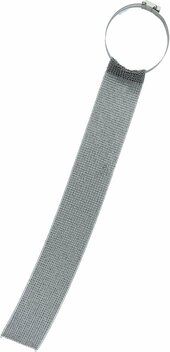MtnXfreeride
New Member
Hello, I have a Ecoflow Deltra Pro Ultra and wanted to charge it from my EV car battery during power outtages to bring me from 2 days to probably 8-10 days. My car has no official way to bring power out of the traction battery but I know it has a 150amp DC converter to keep the 12v battery maintained. So I ordered off aliexpress a 20amp 12v to 48v step up converter and used that 48v output to feed the low volt 15amp solar input on the Delta Pro Ultra.
Everything was working while testing, and it was showing 700watts input so I went around touching things to see if anything was heating up.. I touched the wires and connectors and when I touched the positive lead on the 12v car battery I got a shock... not a big shock.. but it felt like someone was putting a powerful vibrator in my hand. During this test the Delta Pro Ultra was not plugged into the wall. At the time I was barefoot on the garage concrete and may have been leaning against the plastic bumper cover and my other hand was not touching anything... it was holding my phone recording:
check out those cat-like reflexes in action...
Could someone with experience chime in to let me know what I did wrong? I assume it needs grounding? Was that an AC shock or DC shock? Does the Ecoflow backfeed AC? Is that dangerous to use as is if I dont touch those terminals? Is it risky to the car electronics? Or did I just miss a memo growing up that you can't touch a high current draw DC terminal?
**EDIT, wanted to note I rehooked it up and wanted to touch the car frame to test if that would shock.. and yes it does.
Everything was working while testing, and it was showing 700watts input so I went around touching things to see if anything was heating up.. I touched the wires and connectors and when I touched the positive lead on the 12v car battery I got a shock... not a big shock.. but it felt like someone was putting a powerful vibrator in my hand. During this test the Delta Pro Ultra was not plugged into the wall. At the time I was barefoot on the garage concrete and may have been leaning against the plastic bumper cover and my other hand was not touching anything... it was holding my phone recording:
Could someone with experience chime in to let me know what I did wrong? I assume it needs grounding? Was that an AC shock or DC shock? Does the Ecoflow backfeed AC? Is that dangerous to use as is if I dont touch those terminals? Is it risky to the car electronics? Or did I just miss a memo growing up that you can't touch a high current draw DC terminal?
**EDIT, wanted to note I rehooked it up and wanted to touch the car frame to test if that would shock.. and yes it does.
Last edited:



